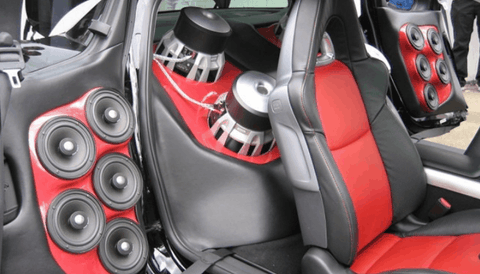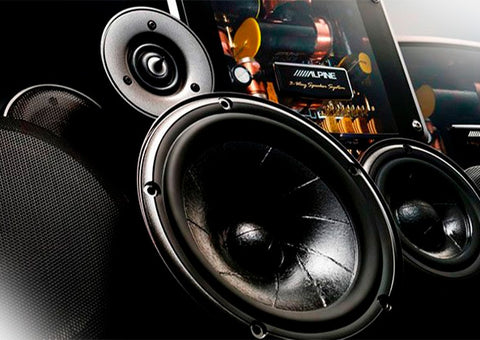How to Get Better Bass in Your Car
This article will introduce how to improve the bass in your car. It can be achieved through certain types of upgrades, such as better subwoofer amplifier, or by adjusting your system controls to make the output more balanced.
Can I Get Better Bass Without a Subwoofer Amplifier?
The affirmative answer is no. If you don't have a subwoofer amplifier drive, you can't get really good bass. Because the key lies in the car speakers, even very good car speakers, it will not achieve the effect you want. Because the built-in car stereo subwoofer amplifier is not powerful enough to produce deep, distortion-free bass.
In this case, upgrading your car speakers can also produce some strong effects. Merely replacing the speakers does impose some strict restrictions on upgrades. But in aftermarket speakers, higher-quality materials can make a huge difference in overall sound quality and bass response.
But even the best coaxial speakers can't compare with a real subwoofer. Therefore, although you can get better bass response through a simple speaker upgrade, it is important to adjust your expectations. The sound quality will improve, but the bass will not boom.

The Cheapest Way to Get Better Bass
If you don’t have a car radio or head unit with a line level output, the cheapest and easiest way to really boost the car’s bass is to install a powered subwoofer amplifier with speaker level input.
The difference between line level and speaker level is that the signal provided by the speaker level output has been amplified by the head unit's circuitry. If you pass this signal through an external subwoofer amplifier, you will introduce a lot of distortion and your bass will certainly not sound very good.
When the external subwoofer amplifier has speaker-level input, you don't have to worry about distortion. Buying one of these units is also cheaper than buying a separate amplifier and subwoofer, and they are also easy to install.

Can You Install a Powered Subwoofer Amplifier Yourself?
The basic steps for installing a powered subwoofer amplifier include connecting the speaker cables, then splitting the cables, and connecting them to the submarine. The device must be connected to your electrical system, which requires running a thermal lead from the fuse box or battery.
In general, installing a powered subwoofer is only slightly more involved than upgrading a head unit or installing new speakers. If you are OK with this type of work, then the biggest obstacle is to run the hot wire. If it is not done properly, it may cause a short circuit.
In addition to being easy to install, the advantage of installing a powered subwoofer is that it uses speaker-level input, you don't need to upgrade your head unit, you will eventually get a better bass response. The sound quality may not be as good as what you get from a dedicated subwoofer amplifier and a separate sub, but you will get deep, booming bass with less total cost and trouble.

Are Dedicated Subwoofer Amps Necessary
Although a powered subwoofer is the ideal solution on a budget, finding a truly great amplifier and pairing it with the right subwoofer usually produces better results.
The main problem here is that if you are not going to upgrade your head unit, you may still need a subwoofer amplifier featuring speaker-level inputs. Other options are to use a speaker-to-line level converter or upgrade to a head unit that provides line-level output.
Maybe you can technically connect any old amplifier to drive the subwoofer, but it is more complicated than simply connecting the components together. If the amplifier cannot handle the subwoofer, it may go into protection mode or fail completely.